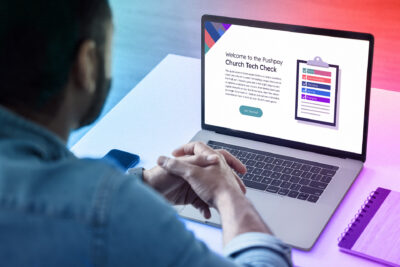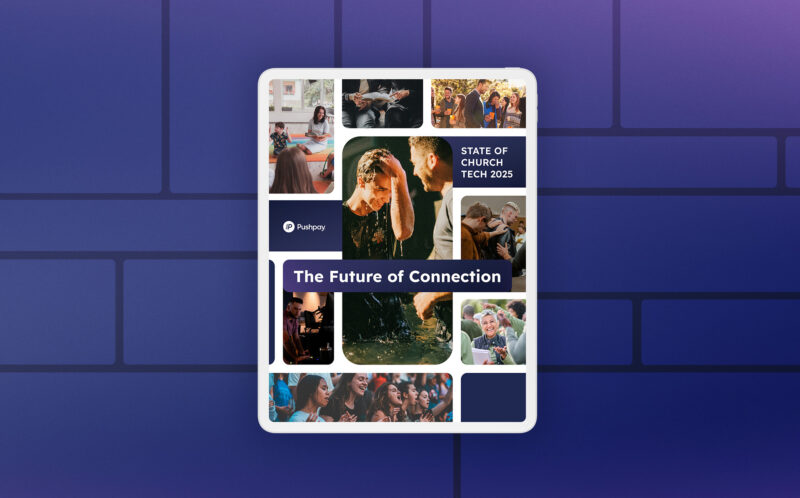
How Social Media Launched a Church
Pastor Chad Veach leans heavily on technology to reach West Hollywood. Thanks to social media and a church app, Zoe has grown to 1,500 in just three years.
No one would deny social media’s reach today. It has given birth to celebrities. It has connected communities. It has become a gateway to the world.
And it has even launched churches.
Back in 2014, when Chad and Julia Veach wanted to tell the world they were starting a church in Los Angeles, they popped a Dodger cap on their one-year-old, took a picture, and bundled the photo with the story of God’s call on their lives.
When it was time for the Veaches to host their first gathering for the new church, they only promoted it on Instagram. Followers started to add up. Curiosity mounted.
“I knew Instagram was the new website,” Chad says. “Back in the day, in church we were obsessed with a good website. What’s the church website? Does it have all the info and all that kind of stuff? I knew people are going to websites now as often as they’re going onto social media. So I trimmed that social media page in the beginning. Even today, I’m obsessed over it as far as making sure it reflects our creativity and our heart and who we are and our culture and our stance.”
Using Social Media to Grow the Church
And let’s be clear, if you wanted to get involved at Zoe Church, you had to follow them on social media. The church moved meeting locations every week. You couldn’t keep up without social media.
“We’re like a food truck as a church,” Chad says. “You have to follow us to know where we’re gonna be. So that, I think, created a following.”
But Instagram was just the beginning. Being in the heart of the entertainment industry, Chad knew social media excellence and technological proficiency would help him engage West Hollywood.
It has been four years since Chad’s then-youngest child donned the Dodger cap to announce his family’s upcoming move to Los Angeles and three years since the launch of Zoe. Today 1,500 people attend five worship services in West Hollywood’s El Rey Theater.
And the media has taken notice, too. Zoe has been featured in The New York Times, GQ, and Slate.com, to name a few.
Zoe’s digital approach has played a part in this exposure and church growth. Whether it’s creating videos for their YouTube channel or worship services, images for social media, or banging out clever social media posts, excellence matters, but it’s excellence with a purpose.
“Showing people Jesus and the gospel is our goal. I think that social media is just an amazing avenue to connect them to the front doors of our church,” Julia Veach says.
Zoe Church’s Mobile Giving Philosophy
Pushpay has been a part of the church’s digital arsenal from the start. In fact, they signed up with Pushpay nine months before they officially launched the church. The church had financial needs in those early days—from buying children’s equipment to production equipment. During the church’s first Sunday (in his home), Chad introduced everyone to Zoe’s church app. It has been a central way for people to get involved in the church ever since, and it allows them to give in just seconds.
“We have so many Millennials come, and they don’t have checkbooks,” Chad says. “Got to make it easy for people to give.”
Today, 85 to 90 percent of the church gives digitally.
The mobile app is just one more example of how Zoe has learned to speak the language of its highly mobile, massively diverse Los Angeles community.
“We just found these tools in our hands,” Chad says. “The web, social media, and technology—this stuff is available to all of us to use for good. I heard someone say this a long time ago: Whatever we avoid, the enemy attacks. So if we avoid technology, we just let the enemy have its way with it.”






